Namibia Photo Safari
Untouched Africa
One of my favourite places to visit and explore on the African continent. Miles and miles of Africa, plenty of animals, landscapes to die for, beautiful people, good food and fantastic gravel roads for an out of this world guided self-drive photo safari. In my opinion, a must-visit for every keen photographer at least once in their lifetime. I offer 1 trip per year to this beautiful destination.
Country Brief
A land of diversity and contrasts, Namibia is one of those places that keeps one wanting to come back for more and more. It lies on the West Coast of Southern Africa and boasts the second-lowest population density on the globe. The landscape is comprised of a vast and often inaccessible desert, often alien-like terrain and an extraordinary abundance of wildlife. When visiting Namibia, one will soon come to understand the true meaning of solitude.
The most popular destinations are undoubtedly Sossusvlei, the Namib Desert the iconic Etosha National Park, Twyfelfontein the surrounding reserves and the Waterberg region. These are no-brainers for a photo perfect self-drive photo safari. With such a diverse range of destinations to see and wonderful places to stay, all that’s left to do is pack your bags and hit the road.
Quick facts
It is home to the world’s oldest desert. According to scientists, the Namib Desert is over 55 million years old! The desert is also quite large, stretching for 2000 km along the Atlantic coasts of Namibia, South Africa and Angola.
It has some of the highest sand dunes in the world. The highest dune in the area rises to 383 meters.
It hosted the world’s most extensive meteorite shower. The Gibeon meteorite shower occurred in prehistoric times in the central part of Namibia. It covered an elliptical area of 275 by 100 km. Remains from this meteorite shower are exhibited at Windhoek, Namibia’s capital city.
It contains one of the largest concentrations of rock art in Africa. The San have resided in the country for more than 6,000 years, and there is more than enough rock art to confirm this.
It has the largest population of free-roaming cheetahs in the world. At the Cheetah Conservation in Namibia, you can run across one of the 3,000 or so free-roaming cheetahs in the country.
It is also home to the second-largest canyon in the world. The Fish River Canyon, located close to the border with South Africa, is also the oldest in the world. Researchers have determined that the canyon was formed at least 500 million years ago through water and wind erosion, coupled with the collapse of the valley floor.
The most fascinating traditional tribe in Africa lives in Namibia. The Himba tribe in the Kunene region of the country have strongly clung to their traditional ways and beliefs. They wear traditional clothes, eat traditional foods and even practice traditional religions. The women wear skirts and leave their upper body bare. Basically, they have been unaffected by modernism in any way.
The Skeleton Coast is the world’s biggest gravesite for sailors and ships. A large number of sailors have died at this coast, given the dense fog and the violent storms in the area. In the 1940s, a slate was discovered along with human skeletons. The slate was written by a survivor and directed anyone who found it north. Unfortunately, the wreck had happened close to a century earlier.
Namibia Photo Safari
Photo categories available
Photo Safari Countries
Each Country has its Magic
[pt_view id=”e1fd51d7w1″]
